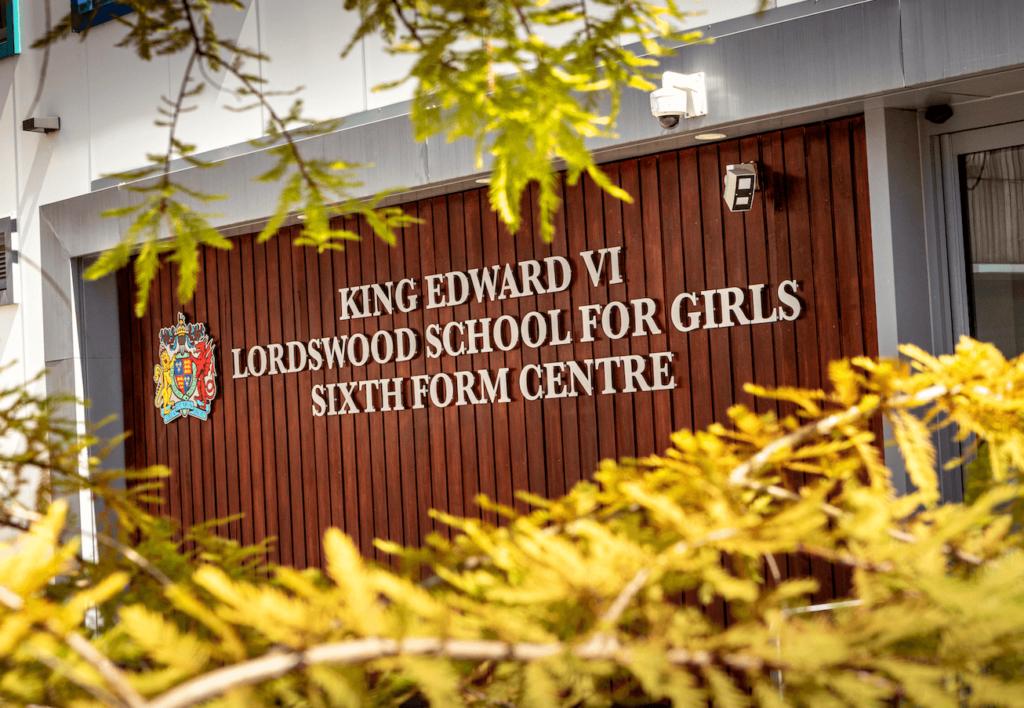EDEXCEL
You will cover the essential pure mathematical methods that can be applied to real world scenarios. Topics include solving equations, graphs and transformations, coordinate geometry, logarithms and exponentials, trigonometry and differentiation and integration. You will also develop an in-depth knowledge of statistics, focusing on the representation and analysis of data, probability, probability distributions, linear correlation and linear regression.
Why choose this?
Mathematics is not only a beautiful and exciting subject in its own right, but it also underpins many other branches of learning. It is the language of science, technology and engineering. Mathematics is essential for architecture and design as well as economics and medicine, even art relies on mathematics to some extent. If you enjoy solving problems, logical analysis and have a creative streak, you should certainly consider studying the subject at a higher level. A good pass at A Level mathematics will be looked on very favourably by universities, even if mathematics is not directly related to your chosen course.
The teachers were incredibly supportive and helped me to manage the transition from GCSE to A Level maths. I enjoyed studying new areas of maths and feel as though I have developed a deep understanding of the core aspects of the subject. There was plenty of time in lessons to ask lots of questions and talk to the teacher, which really helped keep me interested and engaged in the subject. Whilst studying maths at Lordswood I had the opportunity to participate in the UKMT Senior Challenge – the competitive nature of this really motivated me to work on my problem solving skills and allowed me to work in a team to improve my key skills.
A Level Mathematics student
Areas of study & assessment
Year 12: Pure 1 – algebra and functions; proof; coordinate geometry; sequences and series; exponentials and logarithms; differentiation; trigonometry; vectors; integration; Statistics – sampling; data representation and interpretation; probability; statistical distributions; hypothesis testing; Mechanics – quantities and units in mechanics; kinematics; exponential and logarithms; forces and Newton’s Laws.
Year 13: Pure 2 – proof; algebraic and partial fractions; functions and modelling; series and sequences; the binomial theorem; trigonometry; parametric equations; Statistics – regression and correlation; the normal distribution; probability; Mechanics – moments; forces at any angle; application of kinematics; further kinematics.
100% examination at the end of the two-year linear course
Paper 1: Pure Mathematics
Paper 2: Pure Mathematics
Paper 3: Mechanics and Statistics
Enrichment
- Careers in Mathematics Lecture and Employer Fair
- University mathematics masterclasses
- Guest speakers from industry
- Participation in the UKMT Senior Mathematical Challenge



